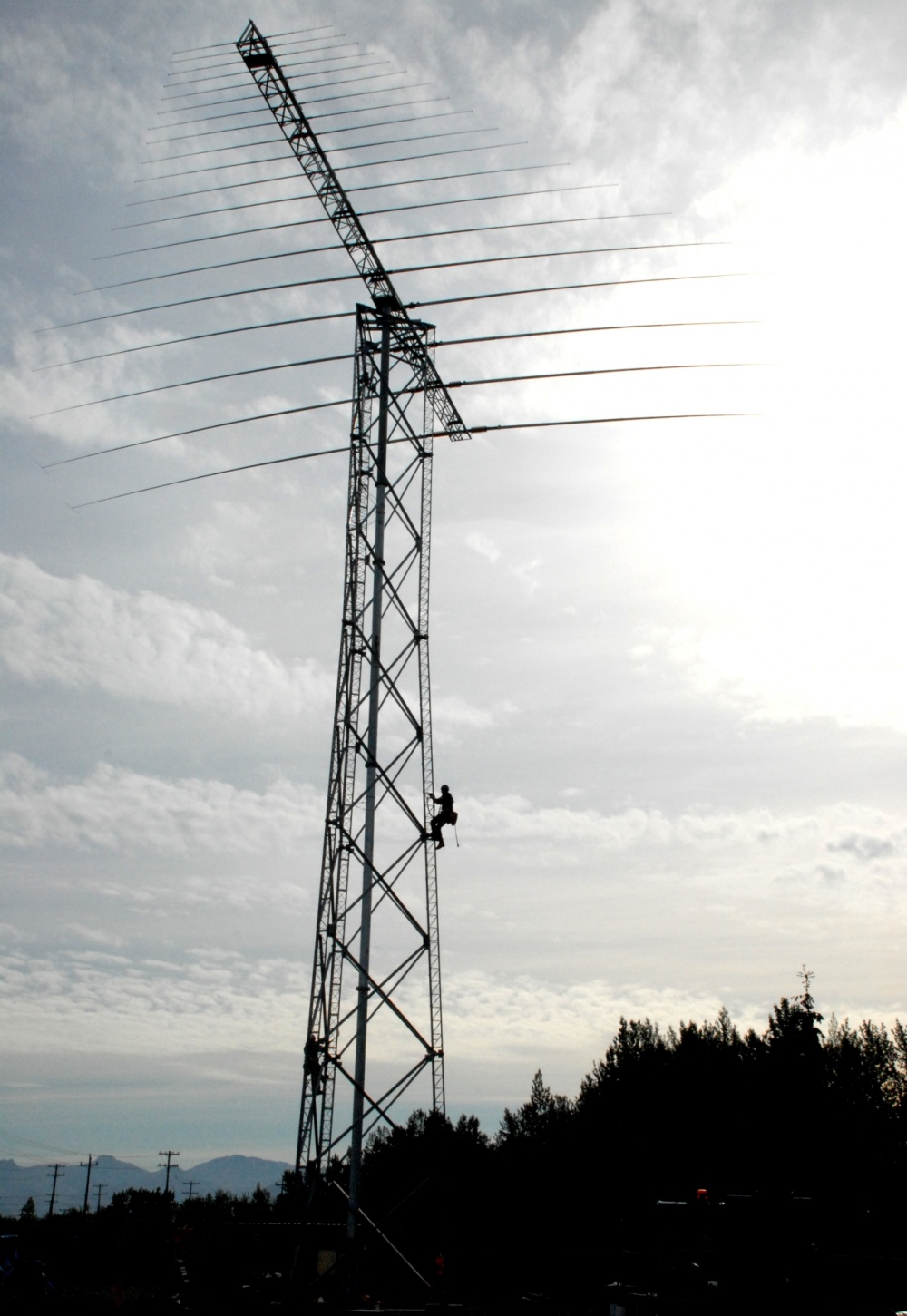First prinicples
Flying over the North Atlantic
Welcome to the North Atlantic! It might seem daunting at first, but this vast stretch of ocean isn't all that hard to master, and we're glad that you're interested in the world of oceanic flight!
"But surely oceanic can't be that different to domestic?"
Well, yes and no. In many areas, there are similarities, though the nature of the airspace makes it hard to conduct domestic-like operations.
Let's dive into some of the key differences.
No Primary or Secondary Radar?!
Nope! Controllers cannot use radar to work out where you are. There is simply nowhere to place a radar antenna in the vastness of the North Atlantic. Instead, in this ‘procedural airspace’, the oceanic controllers rely on reports from you, the pilot. Nowadays, these reports are often automatically generated using a combination of ADS-C and Space-Based ADS-B equipment on the aircraft which automatically send updated position reports to oceanic controllers which allows controllers to use reduced separation minima across the ocean. However, we still rely on position reports for aircraft that lack ADS-B and ADS-C equipment (see Position Reporting).

Why is it so hard to understand what the oceanic controller is saying?
On top of the lack of radar, there is the problem of long-range communication. As with radar, VHF (Very High-Frequency) radio is line-of-sight, which becomes an issue after an aircraft disappears over the horizon into the vastness of the North Atlantic skies. Therefore, a radio technology is needed that does not rely on line-of-sight and the solution to this is HF (High Frequency) radio. By its nature, HF radio is very noisy and does not have the same clarity as VHF radio, and thus it can sometimes be difficult to understand the oceanic controller.
Quick tips:
- If you didn't understand what the controller said, ask them to repeat it or explain it differently. Asking the controller to clarify what they meant is a lot easier than trying to wrap your head around a transmission that you didn't understand.
- Speak slowly and clearly! Oceanic controllers use the same noisy frequency, and they need you to make it easy for them to understand your transmissions too.
- Speak your callsign twice, sometimes the controller may miss it the first time due to the static and it can be handy to reduce the overall amount of time on the radio.
For more detailed information, visit our page dedicated to the idiosyncrasies of High-Frequency radio.

I need two clearances?
It sounds a bit silly to receive another clearance, but in fact, this ‘Oceanic Clearance’ (see Getting Your Clearance) is the most important element of your flight.
We discussed the nature of ‘procedural airspace’ earlier on, and another consequence of this particular oceanic quirk is the increased requirement of separation. Oceanic controllers can't employ the same minima as they would in a domestic environment, and by the time they detect a conflict between two aircraft, it may be too late.
To minimise the risk of any conflict during an aircraft's crossing, the Oceanic Clearance is used to separate aircraft from the very point they enter the airspace. Ideally, with the right clearance, there should be no need for a controller to make an emergency correction whilst the aircraft is inside the airspace. Of course, in reality, this is sometimes necessary, no pilot or controller is perfect, however with the help of technology controllers can minimise and detect risks more efficiently than ever before.
